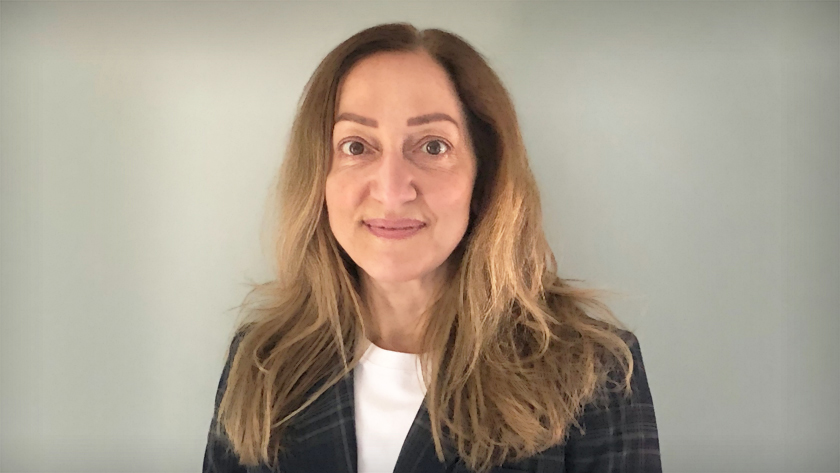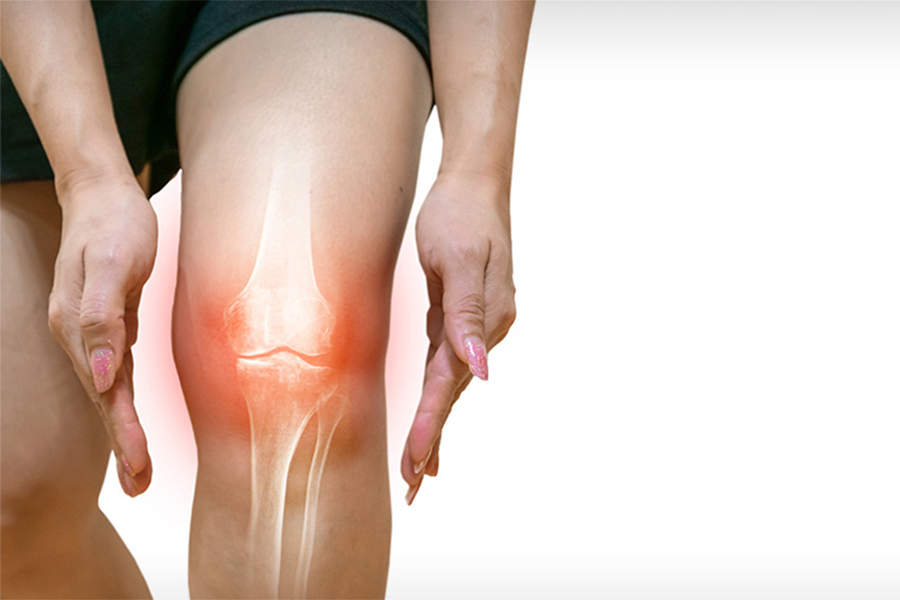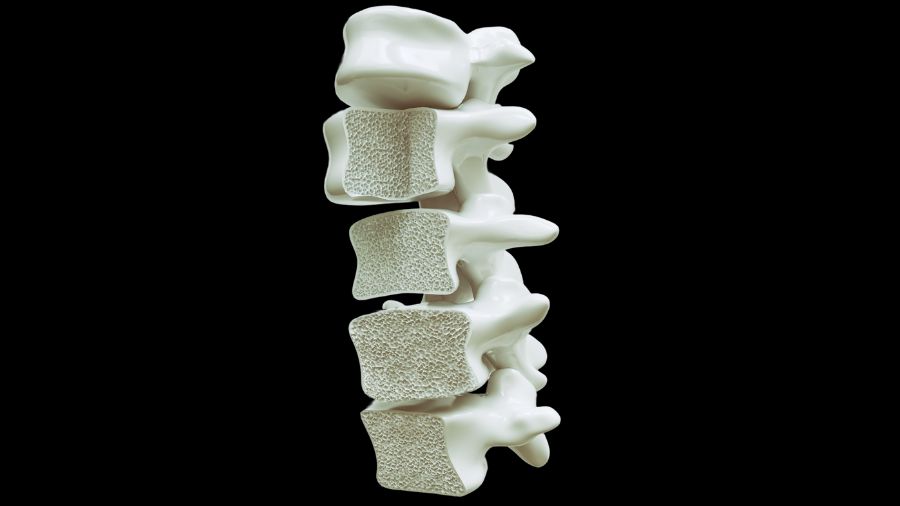
Despite the higher prevalence of osteoarthritis (OA) among women, they are less likely than men to receive treatment due to multiple intersecting issues such as gender roles, cultural norms and socioeconomic constraints.
This is particularly true for racialized women.
Researchers from UHN’s Toronto General Hospital Research Institute (TGHRI) have uncovered approaches to rectify this disparity in care.
OA is the most common type of arthritis. There is no cure and it often worsens over time. OA symptoms such as chronic joint pain and functional impairment restrict the activities of daily living and can contribute to other chronic conditions such as depression, diabetes and heart disease.
First-line management can include physical activity, pharmacologic and non-pharmacologic pain control, self-management programs and more. Second-line management includes surgery or joint replacement.
Effective early management can prevent or delay the progression of OA. However, women, especially those from racialized or immigrant backgrounds with lower education or income, are less likely than men to receive both first- and second-line interventions.
Additionally, OA care of diverse women, and strategies to improve the quality of their care, is understudied.
“Due to the lack of research on treatment barriers from the perspective of diverse women with OA, our team sought out strategies for delivering person-centred OA care for women of colour through interviews with patients, clinicians and health system managers,” says Dr. Anna Gagliardi, Senior Scientist at TGHRI and lead author of the study.

“We interviewed 27 women who varied by ethno-cultural group, age and education level, as well as 31 health care professionals, and conducted a content analysis to identify what defines person-centred OA care, barriers to care and strategies to support equitable access to person-centred OA care,” continues Dr. Gagliardi, who is also professor in the Department of Surgery, Institute of Health Policy, Management & Evaluation, and Institute of Medical Science at the University of Toronto.
The study revealed numerous approaches to person-centred OA care as well as 22 barriers to access and 18 multi-level strategies needed to improve access. Overall, women and clinicians identified similar key components of person-centred care including fostering a healing relationship, exploring the impact of OA on daily life, enabling self-care and more.
The three participant groups also identified similar barriers to OA care. Importantly, the barrier most emphasized by women was having their OA dismissed by clinicians, and this was not recognized by clinicians or executives/policy-makers.
Participants identified several key strategies among all levels of health care to improve OA care for diverse women. These included educational sessions and materials that accommodate cultural norms and are offered in different languages and formats; medical and continuing education on OA for clinicians, especially on providing OA care tailored to intersectional factors; and public health campaigns to raise awareness of OA as well as public funding for therapy.
“This research contributes to closing a crucial gap in optimizing OA care for disadvantaged and understudied groups,” Dr. Gagliardi emphasizes. “Ongoing efforts must explore the best ways to implement these strategies with collaboration across sectors and active engagement with diverse women.”
This study was supported by generous donors to UHN Foundation.

No one ever changed the world on their own but when the bright minds at UHN work together with donors we can redefine the world of health care together.


